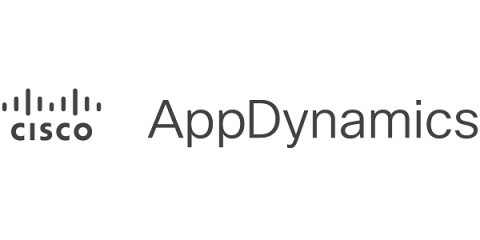Operations | Monitoring | ITSM | DevOps | Cloud
Security
The latest News and Information on CyberSecurity for Applications, Services and Infrastructure, and related technologies.
Everything I Needed to Know about Securing a DevOps Platform - Civo Navigate NA 23
Identity Theft Trends in the Digital Age: New Methods and Prevention Strategies
How to Strengthen Kubernetes with Secure Observability
Kubernetes is the leading container orchestration platform and has developed into the backbone technology for many organizations’ modern applications and infrastructure. As an open source project, “K8s” is also one of the largest success stories to ever emanate from the Cloud Native Computing Foundation (CNCF). In short, Kubernetes has revolutionized the way organizations deploy, manage, and scale applications.
Why Encryption is Crucial for Your Business' Data Security
In this digital age, businesses of all sizes rely on technology to store, transmit, and process sensitive data. While the use of digital technology brings many benefits, it also comes with its own set of challenges, and one of the biggest ones is ensuring cybersecurity. The exponential increase in cybercrime has made it essential for companies to prioritize security while working with digital technologies.
How business acumen boosts application security
To outpace the competition in an era where high-performing, secure digital experiences are expected, business acumen can inform AppSec priorities. Now more than ever, business leaders are racing to build, modernize and deploy business-critical apps on-premises and within distributed, cloud native environments.
Air-Gapping Should Be Head-Slappingly Obvious
When you think of air-gapped security, you imagine a protective distancing that separates your sensitive data from those who would steal it. In practice, the separation is a disconnection from the Internet. If no one can get to your data, no one can steal it. However, air-gapped deployments that are completely disconnected from the Internet are not the case in all instances. It’s true that many clusters are fully air-gapped, particularly in classified government installations.
What Does Real Time Mean?
Cindy works long hours managing a SecOps team at UltraCorp, Inc. Her team’s days are spent triaging alerts, managing incidents, and protecting the company from cyberattacks. The workload is immense, and her team relies on a popular SOAR platform to automate incident response including executing case management workflows that populate cases with relevant event data and enrichment with IOCs from their TIP, as well execute a playbook to block the source of the threat at the endpoint.











